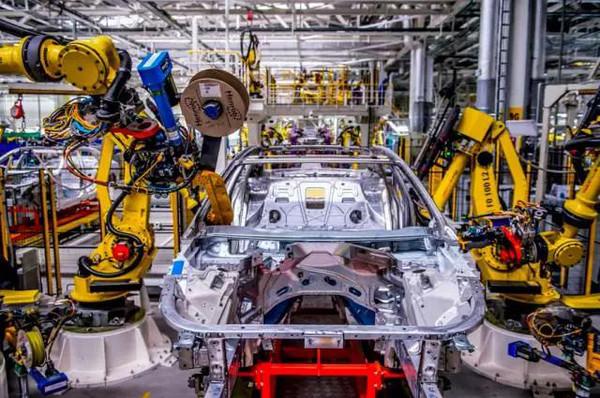Fiberglass this unique material supplied suitable strength to weight ratios for the transit sector, with enhanced resistance to numerous corrosive media. Within years upon discovering this, manufacturing of fiberglass-composite boats and reinforced polymer aircraft fuselages for commercial use were started.
After nearly a century, products made in fiberglass carried on finding innovative use in the transportation sector. Moldings used in automotives, structural supports, and corrosion-resistant mechanics are regularly manufactured from fiberglass composites.
While aluminum and steel continues to be the main choice of materials for the automotive industry, fiberglass products are now normally used in the fabrication of vehicle superstructures. The commercial car’s mechanical components and chassis are normally produced using high-strength metals, while the bodywork often consists of multiple materials so that the weight profile of the vehicle will be reduced without having to compromise its physical integrity.
For decades, automotive moldings have been fabricated from fiberglass products. It provides a lightweight and low-cost solution for the rising industry demands. Carbon-fiber and fiberglass polymers are commonly used for the front, end, and door panels of commercial vehicles. This provides good impact resistance and high resistivity to weathering elements.Structural reinforcements and the systems used for crash protection are now gradually being manufactured using strengthened polymer materials.
This inventive use of fiberglass products has improved the mechanical scope for composite materials in the automotive industry. Engineers have increased conventional components with fiberglass to advance their mechanical capacities, while new material arrangements give an alternative to complex steel and aluminum parts. Driveshafts that are carbon-fiber reinforced vinyl ester have been produced using just a single rotating joist. This improved the performance and effectiveness of high-performance commercial vehicles. This novel structure was up to 60% lighter than the usual two-piece steel driveshafts, reducing a vehicle’s weight profile by approximately 20 pounds.
This new driveshaft lowered the noise, vibration, and harshness buyers usually experience within a vehicle cabin due to road noise and mechanical agitation. It also cut the related costs with component manufacture and maintenance by reducing the number critical parts need for it to be assembled.
Post time: May-10-2021
